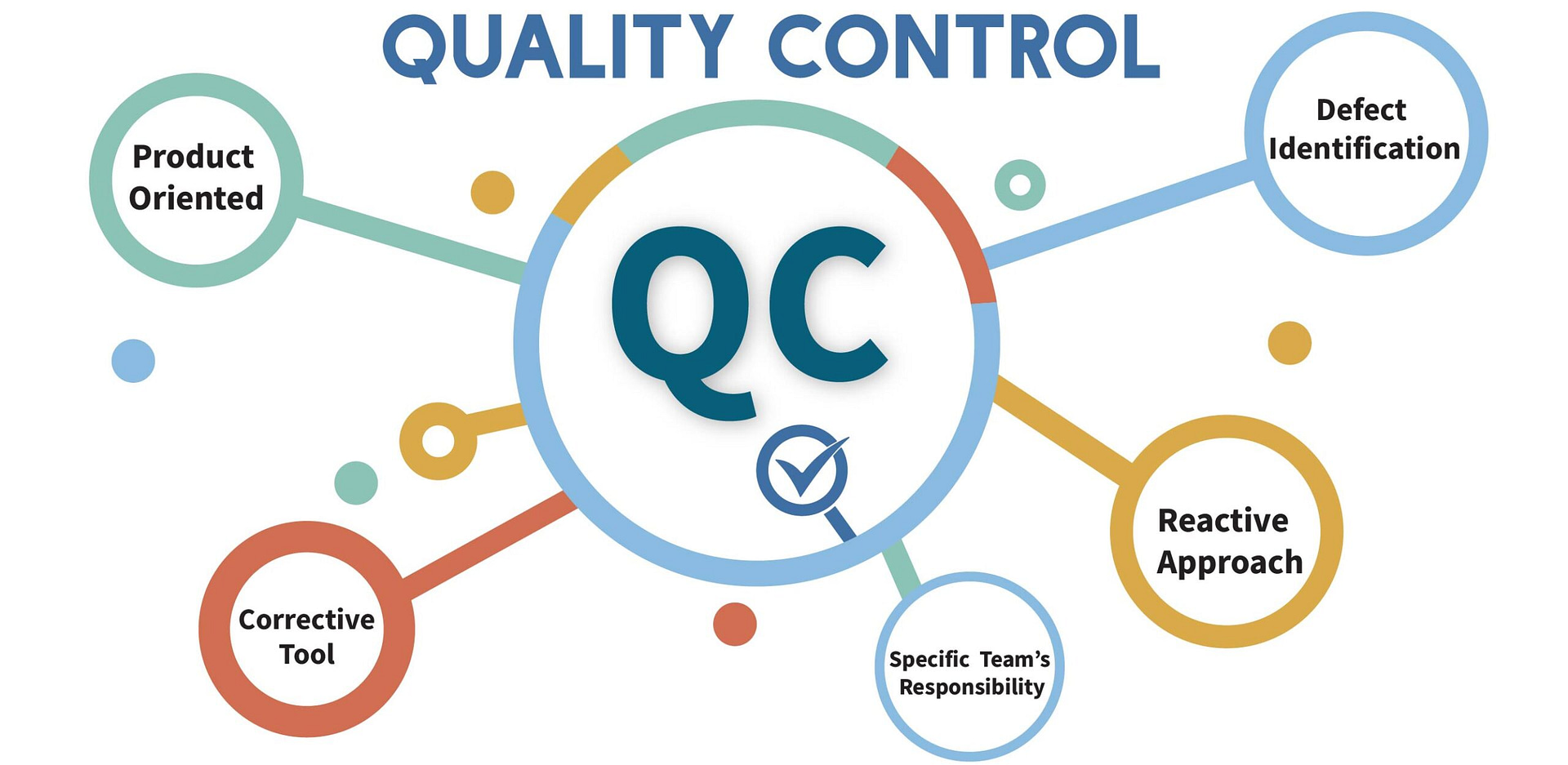Quality Control: Ensuring Excellence in Product and Service Delivery
Quality control is an essential component of any production or service-oriented business. It involves the processes and systems put in place to ensure that products or services meet the established standards and specifications. Quality control aims to prevent defects and errors, reduce waste, and increase customer satisfaction. In this article, we will explore the concept of quality control, its importance, and the best practices businesses can adopt to implement effective quality control.
What is Quality Control?
Quality control refers to the procedures and techniques used to monitor and measure the quality of products or services. It is the process of verifying whether a product or service meets the set standards, specifications, and customer expectations. The primary goal of quality control is to ensure that a product or service is free of defects, errors, and any form of non-conformities. It also aims to ensure that the product or service meets the safety, reliability, and performance requirements.
The Importance of Quality Control
Quality control plays a vital role in the success of any business. Here are some of the reasons why quality control is essential:
Customer Satisfaction
Quality control ensures that products or services meet the expectations of the customers. A satisfied customer is likely to come back and refer others, which will eventually lead to increased sales and revenue.
Cost Reduction
Effective quality control can help to reduce production costs by identifying defects and errors early in the production process. This will reduce the cost of rework, scrap, and warranty claims.
Compliance with Regulations
Quality control helps businesses to comply with local, national, and international regulations. Compliance is essential to avoid legal liabilities, fines, and damage to the reputation of the business.
Improved Efficiency
Effective quality control can improve the efficiency of production processes by reducing the time and resources needed for rework, inspection, and testing.
Best Practices in Quality Control
Implementing effective quality control requires a combination of procedures, systems, and tools. Here are some of the best practices businesses can adopt to ensure effective quality control:
Define Standards and Specifications
The first step in quality control is to define the standards and specifications for the product or service. This includes setting acceptable levels of performance, quality, and safety.
Train Employees
Employees play a critical role in ensuring quality control. Businesses must provide employees with the necessary training to understand the quality standards, procedures, and tools.
Use Quality Tools
Quality tools such as Statistical Process Control (SPC), Six Sigma, and Lean Manufacturing can help businesses to identify defects, reduce variation, and improve the quality of products or services.
Conduct Inspections and Testing
Inspections and testing are critical components of quality control. They help to identify defects, errors, and non-conformities early in the production process, reducing the cost of rework, scrap, and warranty claims.
Implement Corrective Actions
Corrective actions are essential for addressing non-conformities and defects. Businesses should implement corrective actions promptly to prevent further defects and errors.
Conclusion
Quality control is essential for businesses that want to ensure the quality, safety, and reliability of their products or services. By implementing effective quality control procedures, businesses can improve customer satisfaction, reduce costs, comply with regulations, and increase efficiency. Adopting the best practices outlined in this article can help businesses to implement effective quality control systems.
FAQs
Q1. What is the difference between quality control and quality assurance?
Quality control involves monitoring and measuring the quality of products or services to ensure that they meet the established standards and specifications. Quality assurance involves the processes and procedures put in place to ensure that products or services are designed and produced to meet the established standards and customer expectations.
Q2. What are some common quality control tools?
Some common quality control tools include Statistical Process Control(SPC), Six Sigma, Lean Manufacturing, Pareto Charts, Fishbone Diagrams, and Control Charts.
Q3. How often should quality control inspections be conducted?
The frequency of quality control inspections depends on the nature of the product or service, the level of risk, and the regulatory requirements. However, it is best to conduct inspections regularly throughout the production process to identify defects and errors early.
Q4. Who is responsible for quality control?
Quality control is the responsibility of everyone involved in the production process, from top management to front-line employees. It requires a collective effort to ensure that the products or services meet the established standards and specifications.
Q5. What are the consequences of poor quality control?
Poor quality control can lead to defects, errors, and non-conformities in products or services. This can result in dissatisfied customers, increased costs, loss of revenue, legal liabilities, and damage to the reputation of the business.

Thanks for posting. I really enjoyed reading it, especially because it addressed my problem. It helped me a lot and I hope it will help others too.